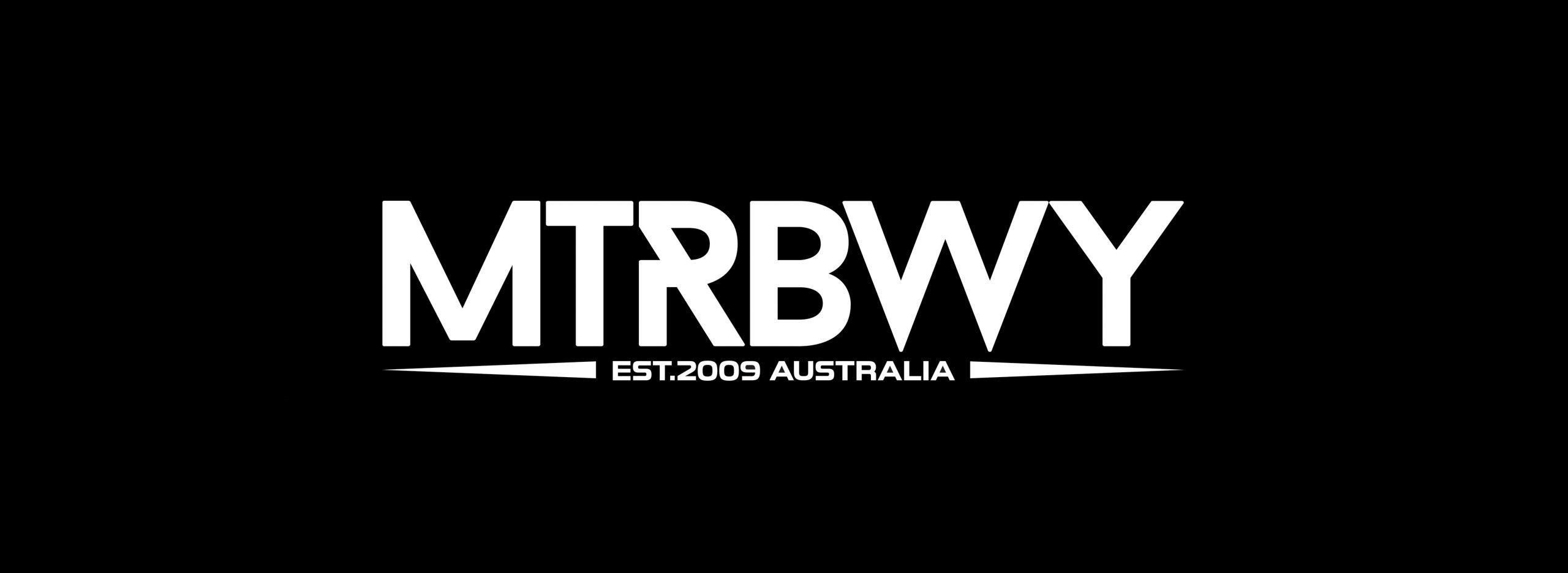![]()
“Satyricon is basically a parallel world and basically it was there on this album, it felt like a statement and the album felt like a journey through that world that is Satyricon and hence it became natural to actually title the album after the band, Finally after more than twenty years that statement actually felt natural, it was no lack of creativity or inspiration that lead to deciding that, it just felt right when the decision was made.”
From Bio” The annals of rock’n’roll are full of cliche and superstition, of iconic references like the famous “third album” – or the eponymous one. As far as “the third” is concerned, Norwegian black metal masters Satyricon certainly delivered something extraordinary in the form of “Nemesis Divina”. Back in 1996 it instantly placed them at the centre of one of metal’s most intriguing genres, at a time when that movement undoubtedly reached an early creative peak. The eponymous one is the one we now have in our hands, more than twenty years after the band’s birth and almost five years since their last album, “The Age Of Nero”. Naming it simply “Satyricon” is a gesture of confidence, which the band’s creative mastermind Satyr has never lacked.
We had a chat with Frost from Satyricon about the band’s new self-titled album, the creation of it and the evolution of Satyricon…
First thing’s first, five years is a long time between albums, what took so long?
Yeah I can understand that you think that five years is a long period and pretty long, at an earlier age I would’ve thought the same thing myself, but when looking back at it now I don’t feel that those five years that have passed feels like a long stretch of time. I think you have to remember when the ‘The Age of Nero’ was released we followed up that album with pretty extensive touring, so we were on the road for like a year and a half, we only had short periods back home and then we needed rest and basically think about other things than music and touring. During that period we didn’t do anything but touring or relaxing, we didn’t really create any new material in that period and there was no time or occasion for that.
So why do you think now was the right time to put something out?
I mean, after the touring cycle was over we had a period when activity was down a little, but there still came some tours after that and then we decided that we simply need a pause from Satyricon, a one year pause or something, as everything had been about ‘The Age of Nero’ and touring for quite a while, that is pretty exhausting and also the whole process in the leading up to the release of ‘The Age of Nero’ had been tough and demanding, and we weren’t really motivated to do the best we could do. At that point in time the touring cycle for ‘The Age of Nero’ was over and we just decided we needed a little break and then we meet again and hopefully we will feel more inspired and motivated and be more fun to get back to work and perhaps some things have happened in the meantime because you know both Satyr and I are creative persons and the way that we develop as individuals will also reflect our approach to music, and what we did find after getting together after this pause that we had to take was that we had matured a little both as persons and musicians. That meant that the music we started to make and the way I started to play the drums was a little different to how it was before that pause and I think that in itself pushed us in a slightly different direction and if we had begun that work immediately after ending the touring cycle for ‘The Age of Nero’ then perhaps the material would have been more in common to what we had done up to that point, but now we actually have a fair level of distance and that brought us in another direction and it felt very refreshing getting back to work again.
Musically the album is very diverse, did you have a concept or structure set out when making the album or did it just unfold into what we are hearing?
The one thing that we had decided was that we would go in a very different direction. The three previous albums had some factors in common, they were pretty rock and roll oriented in a way and they were very much based on structure, we wanted to make songs with a very classic foundation, with openings and verse and choruses and bridges, you know the classical rock and roll structure… we wanted to make songs that way because we felt that some of our earlier albums were lacking structure and firmness in a way and we wanted to bring that in and see if we could really master it. Also when you try to make something in that classical fashion you really have to be able to control flow and energy in the music and you have to be able to make pretty simple things that can still be big enough and strong enough to carry a while song. I mean most of the albums we ourselves like a lot, they are like that, they have this pretty firm but straight structure of verses and choruses and bridges and we felt that Satyricon would benefit from us bring that into the band. But after three albums the focus on that we had taken that principal as far as we wanted to take it and that we could deliberate ourselves a little from that idea or that self-imposed rule of being very disciplined when it comes to structuring the music and perhaps we should make an album based more on atmospheres and let them lead us that way rather than deciding that the structures should be so so and everything fit into that. So we ended up with an album that gives room for songs like ‘Nekrohaven’ and ‘The Infinity of Time and Space.’
![]() The new album is simply titled Satyricon, what was the idea behind making it a self-titled release?
The new album is simply titled Satyricon, what was the idea behind making it a self-titled release?
Because this album actually captures the very essence of the band, it displays in a good way everything that Satyricon is about. There is a whole range from the extreme and intense and aggressive themes to grove a bit and the epic part and the kind of dark desolate naked lonesome part, it’s basically all there and I think that the lost element that Satyricon really needed to have integrated into the music was the dynamics and the new album is quite dynamic especially if you compare it to the earlier works, and when we got that element in there it felt very complete, it was something that band had basically been lacking, which was now entering our world and when all the songs were done it so much felt like this is really Satyricon. Satyricon is basically a parallel world and basically it was there on this album, it felt like a statement and the album felt like a journey through that world that is Satyricon and hence it became natural to actually title the album after the band, Finally after more than twenty years that statement actually felt natural, it was no lack of creativity or inspiration that lead to deciding that, it just felt right when the decision was made. The thought was there even at an earlier stage but after that thought had gotten to mature a little it became evident that it had to be titled Satyricon.
Being in the band now for twenty years, what’s the biggest thing you’ve learned as being a part of Satyricon?
Very hard to pick one, but perhaps the biggest if I have to choose, the biggest would have to be that you have to understand your own place in a larger picture, to have a slightly bolder perspective than just your own little musical world. For me as a drummer not only to focus on the drums and how the drums could sound the best way possible but how the drums can be part of the music and actually contribute to making the best to can be.
How do you see the state of Black Metal now compared to where it was ten or say even twenty years ago?
It is different but I don’t feel that any revolution has happened really, I think the Black Metal scene as you know is a living organism, it has grown up from something very tiny, something immature to something that has actually matured a little and has got some age and I think it has just undergone a pretty natural evolution and has just reached out and matured and nothing much more complex has happened to it really. If anything I believe it has stagnated a little and I just hope for something more dramatic to happen. I mean, we are doing the best we can, but some new comers, seventeen or eighteen years old that have managed to change the whole perception of things that will have been very fortunate for the whole scene and its vitality I think, so I hope for something like that to happen. Apart from that, we are doing what we can with Satyricon.
Lastly, when do you think we can expect to see you back in Australia?
I believe there is a great chance that we will show up next year, we have initiated the process and hopefully it will result in us getting to Australia in March or April I think, but nothing is secure as of now, so I’m pretty sure we will come to Australia next year and hopefully during late winter or early spring. We ourselves would very much like to go back because we had a very good time, both of the earlier two times we’ve been to Australia, and I’m sure it’s going to be at least as pleasant the next time, we’d like to see the Australian fans again and we’d like to experience the country again. So it’s going to happen but I cannot be 100% sure when.
Essential information
From: Oslo, Norway
Band members: Satyr (Sigurd Wongraven) & Frost (Kjetil-Vidar Haraldstad)
Latest Release: Satyricon (Roadrunner Records Australia) Out Now!
Website: http://www.satyricon.no



